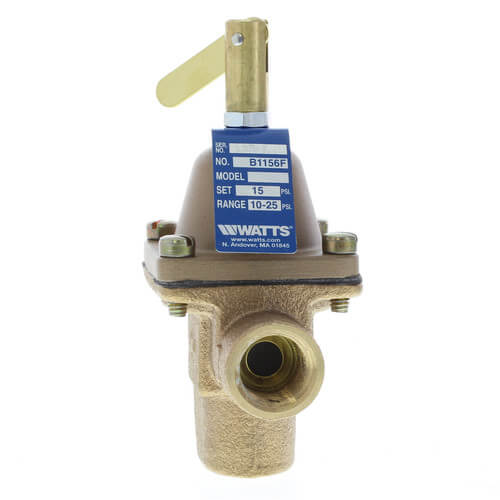JEM_1964
New Member
Hello all,
I am new to this forum and hope this issue is solvable and helpful to others. We are renovating a 1925 stucco colonial in Eastern Mass and had a complete HVAC system installed with a Navien combo boiler and two 3 ton air handler units with hydro coils. The system is plumbed with 1" PEX using two zones and one main pump. the downstairs zone is working perfectly but the attic handler cannot get hot water - I believe this zone is air bound.
I can shut off both zones and manually open each relay valve and feel the resistance - this resistance goes away if the thermostat is calling - so I think the zone valves themselves are fine. I have tried to bleed the line but cannot do so - or at least it is not changing the situation. I think either one of the valves needed to bleed the line is broken, or an alternative is that the pump that is asked to push the water through the system is not sized to handle the two zones.
I have checked the wiring both units work and are controlled by their respective thermostat, but one never gets warm water in its system - even near the Navien boiler unit. I have tried manually opening the upstairs zone valve relay and turning on the downstairs just to see if warm water would move through both zones but no. The original installer is not supporting us so I am looking for a strategy to at least determine what is wrong.
Any thoughts to point me in the right direction will be most appreciated.
Thanks,
Jim
I am new to this forum and hope this issue is solvable and helpful to others. We are renovating a 1925 stucco colonial in Eastern Mass and had a complete HVAC system installed with a Navien combo boiler and two 3 ton air handler units with hydro coils. The system is plumbed with 1" PEX using two zones and one main pump. the downstairs zone is working perfectly but the attic handler cannot get hot water - I believe this zone is air bound.
I can shut off both zones and manually open each relay valve and feel the resistance - this resistance goes away if the thermostat is calling - so I think the zone valves themselves are fine. I have tried to bleed the line but cannot do so - or at least it is not changing the situation. I think either one of the valves needed to bleed the line is broken, or an alternative is that the pump that is asked to push the water through the system is not sized to handle the two zones.
I have checked the wiring both units work and are controlled by their respective thermostat, but one never gets warm water in its system - even near the Navien boiler unit. I have tried manually opening the upstairs zone valve relay and turning on the downstairs just to see if warm water would move through both zones but no. The original installer is not supporting us so I am looking for a strategy to at least determine what is wrong.
Any thoughts to point me in the right direction will be most appreciated.
Thanks,
Jim




